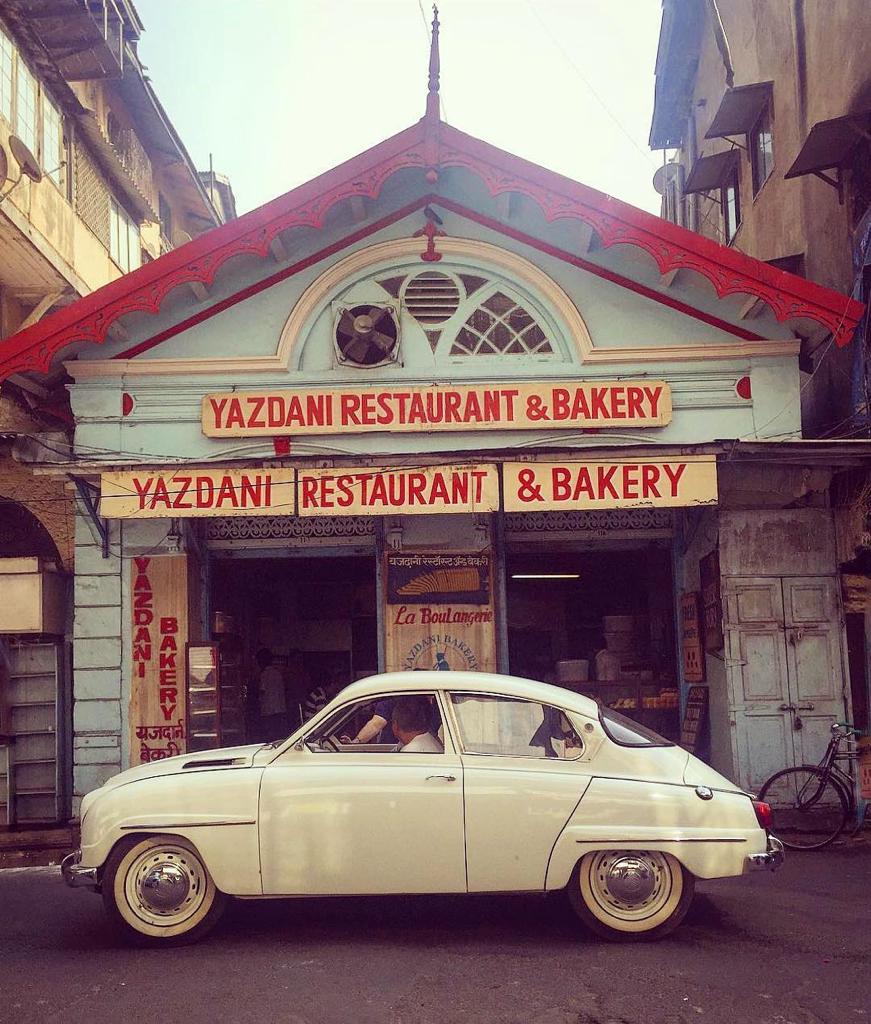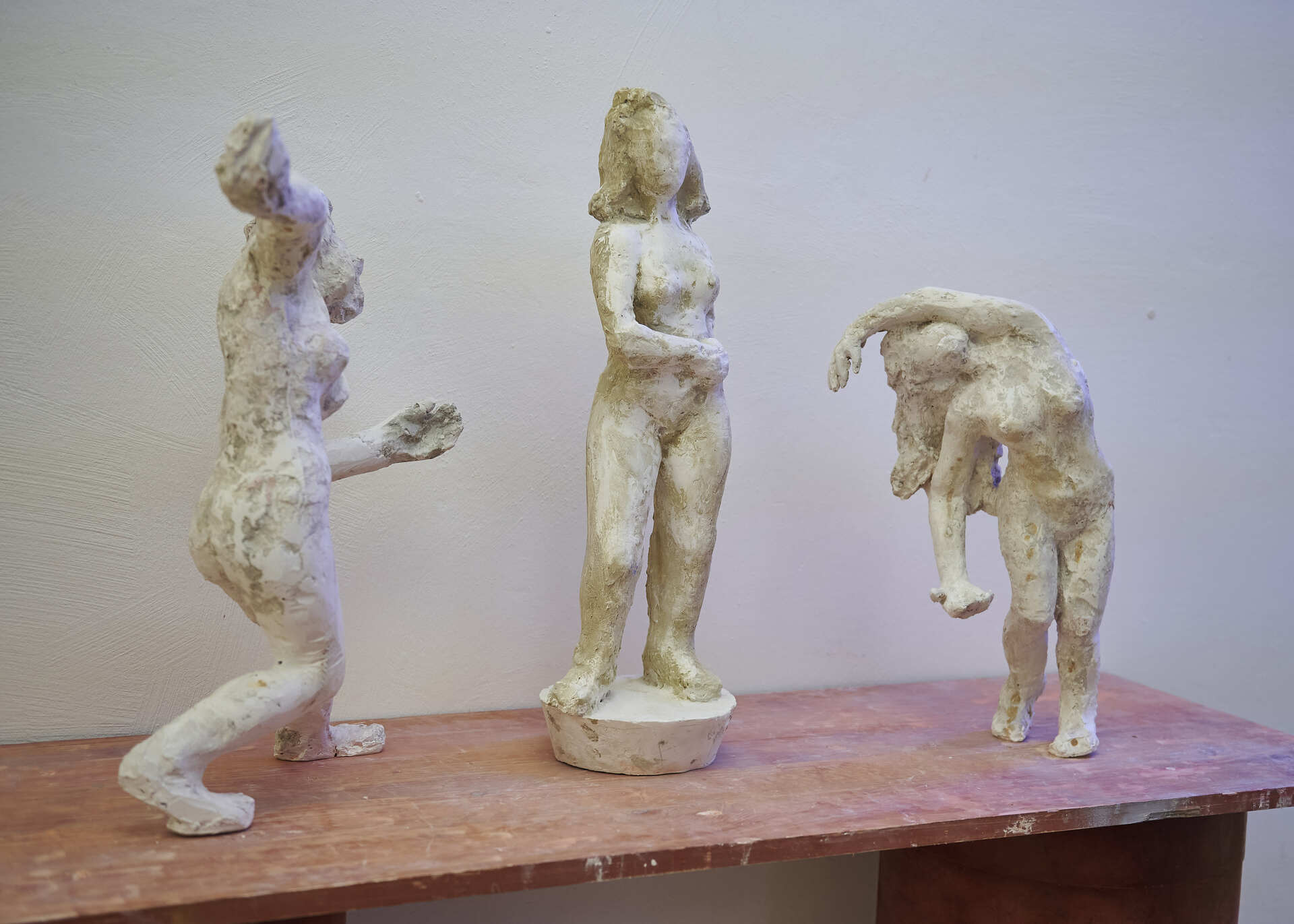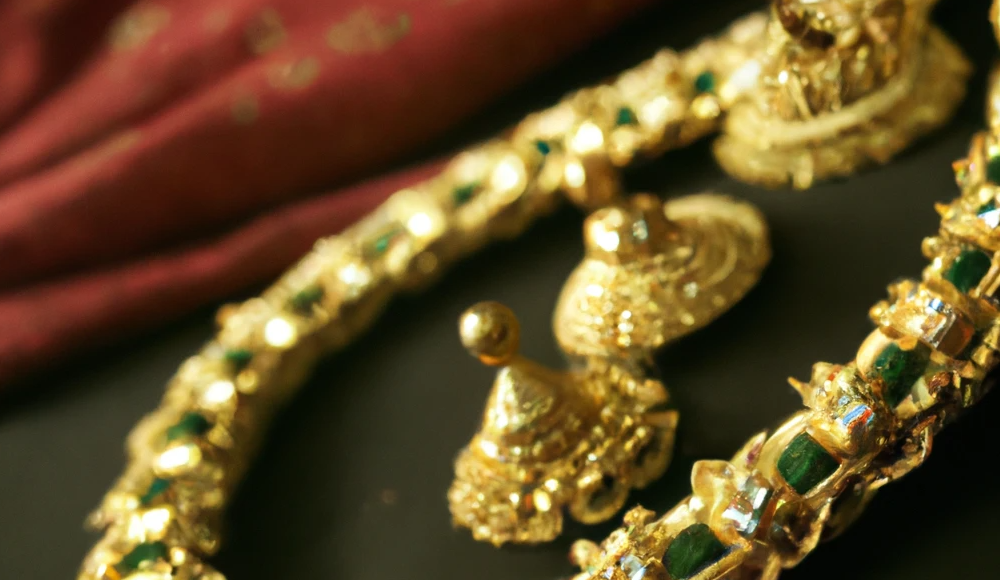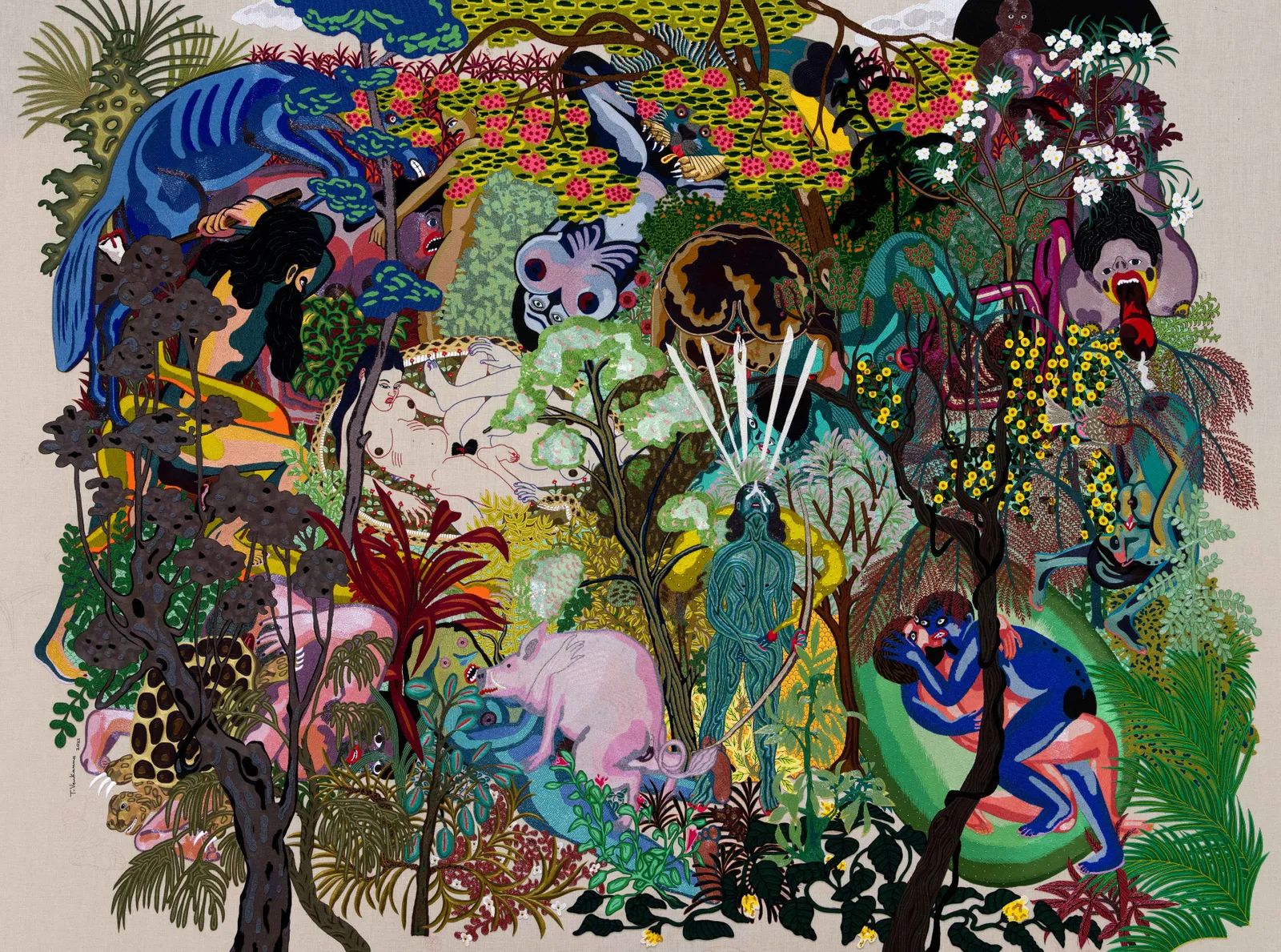Art Month Hong Kong kicked off with 243 galleries from 40 countries returning for the 11th edition of Art Basel Hong Kong 2024, evoking optimism among locals as the event reinstated its pre-pandemic magnitude. Art Basel Hong Kong’s Director Angelle Siyang-Le emphasized the city’s vibrancy, serving as a vital anchor of tradition and the avant-garde in the global art trade calendar. Taking place at the end of March, as is custom, Art Basel ran in concurrence with citywide art displays, events, and exclusive pop-ups, including a performance by Sophie Ellis-Bextor (of Murder on the Dance Floor). The city’s sector-specific $100million budget for the next three years aims to enhance the overall experience of the incoming influx of international visitors, especially during the Art Month. Despite initial concerns surrounding Article 23, a national security law introduced by the government to crack down dissent, and a subdued opening day, the event saw robust six-figure sales, reassuring curators and dealers. However, there was a visible lack of political art (and outlandish outfits for that matter). An emerging trend of young buyers, particularly from the Asia-Pacific region, was notable.
(L-R) Hauser and Wirth’s booth with work visible by Mark Bradford, Nicole Eisenman, and Willem de Kooning;
Li Huasheng, installation view in Ink Studio’s booth.
The acclaimed Swiss gallery, Hauser and Wirth, logged some of the most successful first-day sales, notably William de Kooning’s Untitled III (1986), for $9 million, followed by Philip Guston’s The Desire (1978) for $8.5 million, to a collector in Asia. The gallery also sold Mark Bradford’s May the Lord be the first one in the car…and the last out. (2023) for $3.5 million and Ed Clark’s Homage to the Sands of Springtime (2009) for $1.1 million, among thirteen other sales between $850,000 and $100,000, showing a noteworthy increase compared to previous years.
(L-R) Rupy C. Tut, A Place Dear to Me, 2024; Hong Kong artist Mak2’s installation in the fair’s “Encounters” section.
Sprüth Magers reported selling George Condo’s Constructed Female Portrait (2024) for over $2 million; other artworks fetching $475,000 to $9,100 while top sales by the blue-chip gallery, White Cube, included 10 works on the opening day, the priciest sales being a $1.25 million piece by German artist Anselm Kiefer, $1.2 million for Lynne Drexler’s Plumed Bloom (1967) and a $750,000 piece by Indonesian abstract painter Christine Ay Tjoe.
Japanese artist Yayoi Kusama, often called The Princess of Polka Dots, continues to be one of the highest grossing female artists in the world. London’s Victoria Miro reported selling three of the artist’s works, for a total of $11 million- including the famous infinity room, titled, Where the Lights in My Heart Go (2016) and Infinity-Nets OPXAA (2010).
Other notable sales include:
-Lisson Gallery- Anish Kapoor’s Black to Brandy Wine and Organic Green mix (2022) sold for $787,600 and Olga de Amaral’s Cuarzo 1 (2015) sold for $280,000.
-Beijing gallery Ink Studio sold four works by Li Huasheng- 0679 (2006) for $500,000, 0097 (2009) for $115,000, 1018 (2010) for $70,000, and Untitled (n.d.) for $68,000.
Historically, Art Basel Hong Kong has predominantly relied on pre-sales to its existing clientele to mitigate risks linked with transportation and leftover inventory, thereby driving its sales momentum. Having said that, the event of course isn’t just about selling. Art Basel Hong Kong has also been a growing platform for providing international opportunities to homegrown talent and emerging artists. In the “Encounters” section, dedicated to large-scale works, a dystopian installation by local artist Mak2 has garnered attention. Mak2’s installation features replica paintings of her works placed in a simulated booth, inverted, and aged to appear decayed as if projecting 200 years into the future.
A colorful booth by Dvir Gallery, based in Paris, Tel Aviv and Brussels.
Hong Kong continues to hold a pivotal position in the global art market, bolstered by its advantageous tax policies and regulatory framework, making it a primary hub for Western galleries and auction houses. The city’s infrastructure facilitates the smooth handling of art sales, further supported by the inauguration of M+ in 2021, which elevates its stature in the museum landscape. Despite a shift in attendee demographics at recent fairs, including fewer American and European collectors but a stronger presence from Australia and China, galleries reported substantial sales across various segments, underscoring the market’s resilience. While cautious purchasing behavior was noted among Chinese collectors due to tighter government controls on capital outflow, Korean collectors emerged as particularly active participants. Although immediate gains may not have been extraordinary, successes such as showcasing emerging talent, enhancing Hong Kong’s art scene visibility, and the Basel fair’s return to pre-pandemic size contribute to broader achievements in the industry.
Words by Aditi Bhaskar.
Featured image Art Basel.









